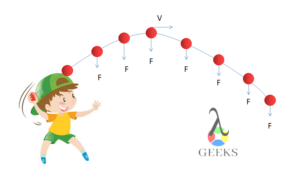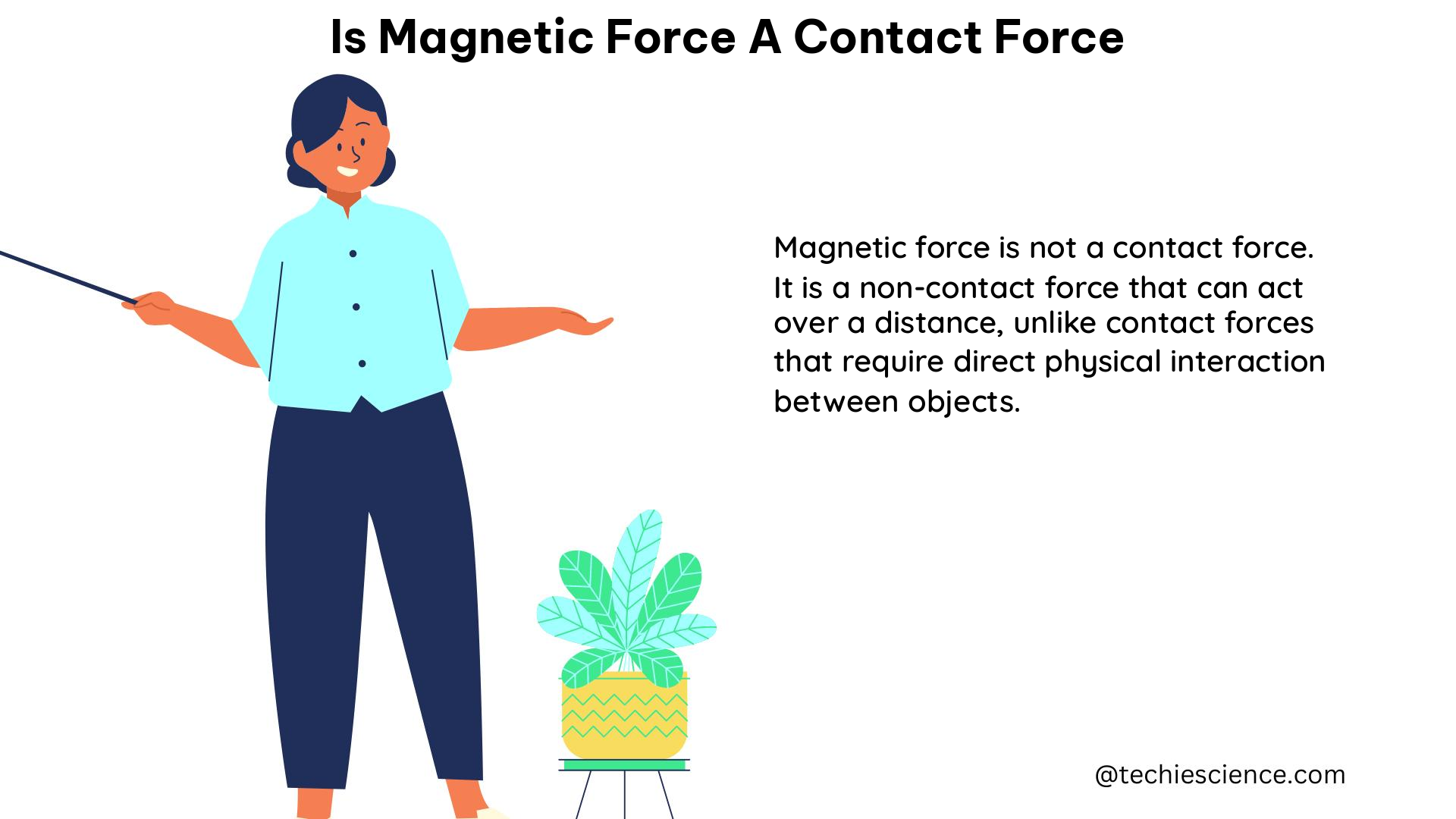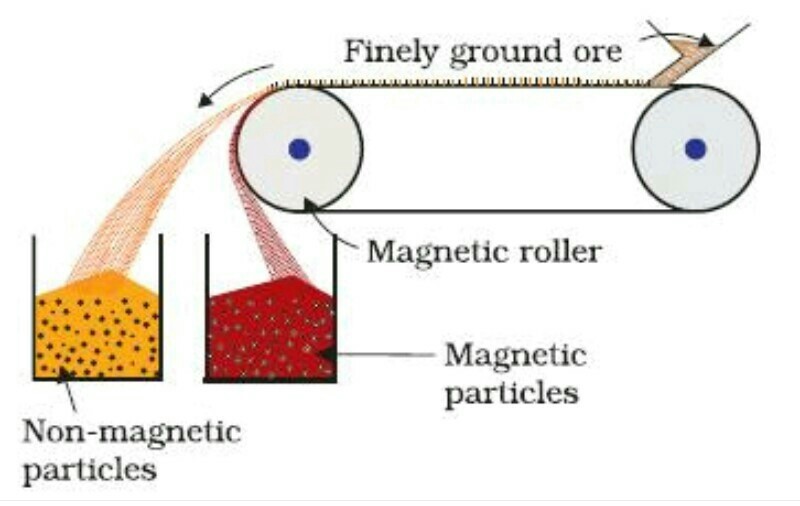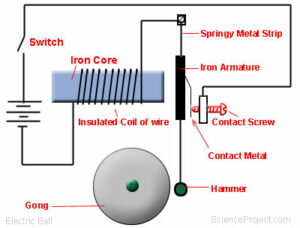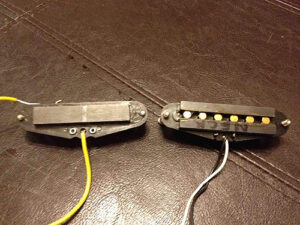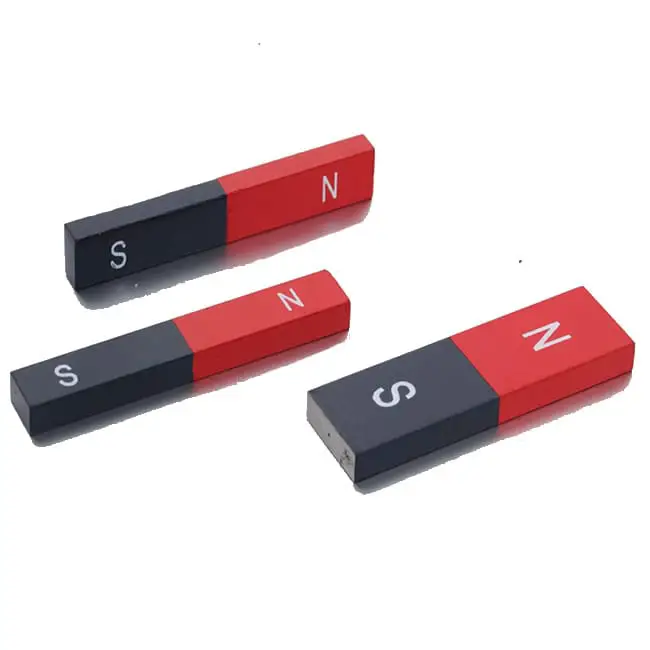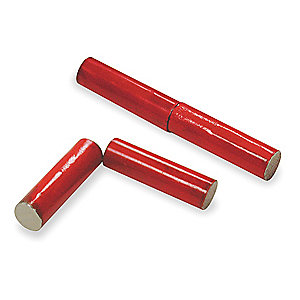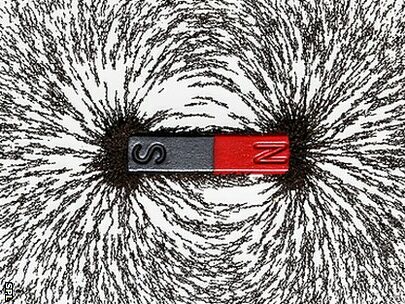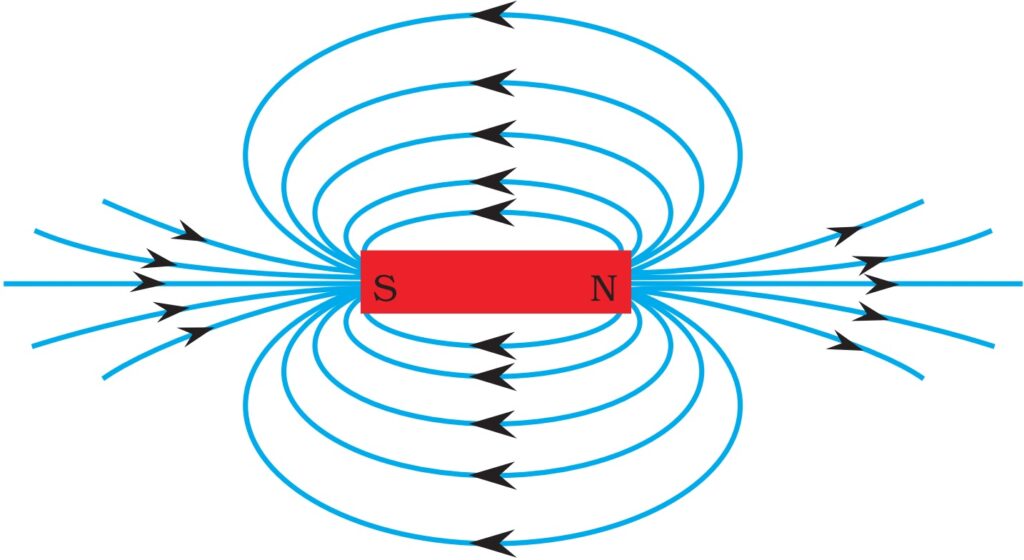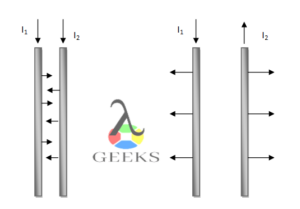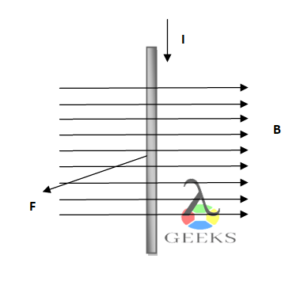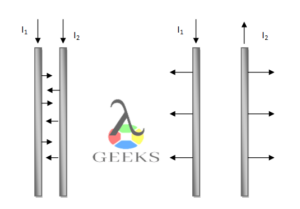In this article, we are going to discuss some of the central force examples in brief, and understand the detailed facts.
The following is a list of the central force examples:-
Uniform circular motion:
An object following a circular path without changing its speed, then the object is said to be moving in a uniform circular motion. The acceleration of the object is due to the changing velocity which is seen mainly because the direction of the velocity component keeps on changing as the force is tangent to the circular path of the object. Though the velocity of the objects varies with the tangential force, the speed of the objects remains the same.
If the velocity of the object slightly falls down then the object will accelerate inward. This is because the force is directed towards the center which is perpendicular to the motion of the object.
The acceleration due to circular motion is equal to

Therefore, the force on the object


Image Credit: Stack Exchange
Fairground ride:

You must have come across a fairground ride in amusement parks. It consists of chairs suspended by strings attached to a circular large disc at the center. As this disc rotates, the strings attached to it will rotate with a person sitting on a chair in a circular motion.
The fairground ride does not have a uniform circular motion as the speed is not constant and the direction of velocity keeps on changing. Whereas the force is directed towards the center and the velocity of the person sitting on the chair is perpendicular to the direction of the force. This is a centripetal force and due to the centripetal force, a tension is generated in a wire attached to the chair which balances both the centripetal force as well as the gravity.
Car taking a turn on a circular path:

Image Credit: sci.renewable
When the car is taking a turn in a circular path, a central force acts inward in order to neutralize the centrifugal force acting outward. The frictional force between tyres and a metallic road provides a centripetal force necessary for a car to take a turn.
Cyclotron:

A cyclotron works on the principle of electromagnetism which has both electric and magnetic fields perpendicular to each other and charged particles accelerates in this field to attain high energies. It consists of two discs that have a semi-circular D-like shape called Dees.
The frequencies of the particles revolving inside the cyclotron do not depend upon the energies associated with the particles. When the particle is released inside the cyclotron, the electromagnetic field allows the particle to go in a circular path inside both the Dees. The particle is accelerated due to the electric field. The acceleration of the particle increases the energy of the particle. With increasing energies, the radius of the circular path traveled by the particle also increases. The magnetic field guides the particles to exhibit a circular motion.
Gravitron:
Gravitron ride is another exciting thing to do at the amusement park. A person is made to stand against the cylindrical wall and gradually the speed of the gravitron is increased. As the rotational speed of the gravitron reaches very high, the floor beneath the person standing on is removed but surprisingly the rider remains attached to the wall of the gravitron.
The rider standing insider the gravitron experiences the centrifugal force which is equal to three times the force experience due to gravity thus allowing the riders to remain attached to the wall of the gravitron other than falling down on removal of the floor underneath.
Ceiling fans:
The rotation of the propellers depends upon the rotor to which they are fixed. The rotor works on the principle of electromagnetism. As the current flow in the coil, the magnetic field is induced in the coil that produces torque around the axis of the rotor. The magnets in the rotor of a fan are repelled by the stator that helps to increase the speed of the rotor. The rotor and stator repel themselves away from each other for every cycle. The circular motion of the rotor makes the blades of the fan move in a uniform circular motion. Hence, is also one among the central force examples.
Windmill:

The windmills convert wind energy to electric energy; and are also used for milling grains, extracting oil from seeds, pumping water from underground, etc.
As the blades move when there is enough wind speed to move the blades, the shaft starts to spin producing mechanical energy out of wind energy. The motor helps to increase the number of rotations per second, which is then connected to a generator to convert the mechanical energy obtained to electric energy. The motion of blades of the windmills is an example of a central force. The velocity of the blade is in a circular path and the central force acting towards the center makes the motor spin at high speed.
Motion of electrons around the nucleus:
Image Credit: bccampus
The bulky mass comprised by the atom is concentrated at the center called the nucleus of the atom and the lighter masses are found revolving around the nucleus of the atom.
Mass of the proton mp = 1.67*10-27
Mass of the neutron mn = 1.76*10-27
Mass of the electron me = 9.1*10-31
The mass of the electron is very small as compared to proton and neutron. The electron is a negatively charged particle and protons add positive charge inside the nucleus since the neutrons have no charge, the difference in the charges attracts towards each other, but the wavelength of the electrons is much larger than the radius of the proton and hence electrons and protons do not collide with each other.
The revolving electron is associated with the centrifugal force that balances the force of attraction between the two oppositely charged particles and escapes the electron falling into the nucleus.
Artificial satellites around the Earth:
Image Credit: Quora
The satellite around the Earth is revolving in a uniform circular motion due to the gravitational pull of the earth. As the mass of the Earth is far greater than that of the satellite, the satellite experiences the force towards the center of the Earth and the velocity of the satellite remains perpendicular to the direction of the force that tends to keep the satellite revolving in a circular orbit around the Earth.
The satellite will move in a uniform circular motion around the Earth under the action of a centripetal force given by F=mv2/r which balance the gravitational force and hence,
mv2/r =G*(Mm)/r2

‘v’ is a speed of artificial satellites orbiting around the planet Earth.
Ferris wheel:
Ferris wheels are giant wheel in the amusement parks that spins upward with the help of gears and motors, while the gravity of the Earth pulls back the wheel down to the normal position and this is repeated. The wheel is rotated about a central axis. The force due to centripetal acceleration that acts towards the center of the wheel is

is an angular acceleration and r is a radius of the wheel.
The force acting on the passenger is a combined effect of the centripetal force and the force due to gravity. The mass of the passenger varies depending upon the centripetal acceleration and gravity.

When a wheel is moving from downward to the upward position, it needs enough force to move upward opposing the gravitational pull acting downward. The acceleration of a wheel is pointing upward. The force experienced on the body is the sum of the centripetal acceleration and also the gravitational force which is given as
F=m(g+a)
Where

As the height from the ground rises, the potential energy of the body increases and the passenger feels heavier by weight.
On reaching the top of the wheel, the centripetal acceleration is now pointing downward. The force experienced on the person now will be minimal because the gravitational pull itself accelerates the wheel downward, hence the total force experienced on the body is.
At this point, the potential energy is converted into kinetic energy and the body freely accelerated downward without experiencing any force. This can also be called a free fall of the body. Hence, the passenger feels lighter from this point till reaching the bottom of the wheel where the kinetic energy of the body becomes almost zero and restarts building the potential energy.
Mixer Grinder:
A shaft rotates due to the motor coupler on the main unit and at the base of a grinding jar. With a rotating shaft, the blade attached to a shaft also rotates and helps in grinding the mixture. The rotation of the blade is associated with the central force axis at the shaft. The spinning of the blades sets food particles in a circular motion; this creates a vacuum at the center and moves the particles towards the sides of the jar.
What is a Central Force
Force acting on the particle or an object directing towards a fix point at the center along the line joining the object in space and the magnitude of the force depends upon the distance between the object and the focus is called a central force.
It comes into action only along the line joining the two objects interacting towards each other and is exerted at the center of the two bodies.
The angular momentum possessed by the object in a circular path is constant. Total work done by the object in a motion is zero and hence the total energy is constant. Therefore, it is a conservative force.
Central force is the same as a centripetal force which is a force experienced on the object perpendicular to its velocity and undergoes a tangential force that tends to keep the object in a circular path.
Read more on Is Gravitational Force A Contact Force: Why, How, When and Detailed Facts.
Frequently Asked Questions
Is central force a contact force?
When the force is applied to any object by being in physical contact with that body is known as a contact force, hence the central force can’t be a contact force.
Central force is when the force is subjected towards the center between the objects at a focus in a space. It is associated with the field or force of attraction between the objects separated by the distance.
Is electromagnetic force a central force?
An electromagnetic force is a central force.
A particle in the magnetic field moves along the direction perpendicular to the force which is responsible for a circular motion of the particle present in the field. The force acts towards the center of this circular path attained by the particle in motion.
Also Read:
















